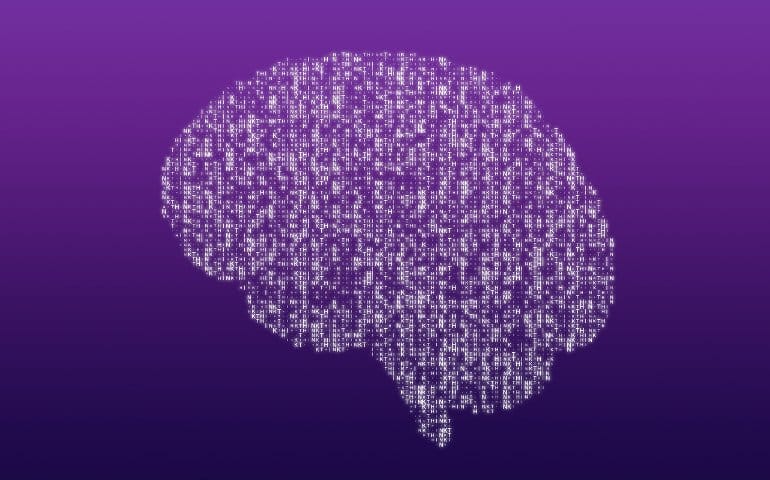
– Definition of neurology: a science involved in the study of the nervous systems, especially of the diseases and disorders affecting them.
– Neurology research can include information involving brain research, neurological disorders, medicine, brain cancer, peripheral nervous systems, central nervous systems, nerve damage, brain tumors, seizures, neurosurgery, electrophysiology, BMI, brain injuries, paralysis and spinal cord treatments.
Summary: Researchers say they have created the most bio-realistic and complex computer models of individual brain cells.Cedars-Sinai investigators have created the most bio-realistic and complex computer models of individual brain cells—in unparalleled quantity.“These models capture the shape, timing and speed of the electrical signals that neurons fire in order to communicate with each other, which is considered the basis of brain function,” said Costas Anastassiou, Ph.D., a research scientist in the Department of Neurosurgery at Cedars-Sinai, and senior author of the study.The models can be used to test theories that would require dozens of experiments to examine in the lab, Anastassiou said.
“Imagine that you wanted to investigate how 50 different genes affect a cell’s biological processes,” Anastassiou said.This opens the possibility of establishing that one parameter, such as a protein expressed by a neuron, causes a change in the cell or a disease condition, such as epileptic seizures, Anastassiou said.
“In laboratory experiments, the researcher doesn’t control everything,” Anastassiou said.To create their models, Anastassiou and his team from the Anastassiou Lab—members of the Departments of Neurology and Neurosurgery, the Board of Governors Regenerative Medicine Institute and the Center for Neural Science and Medicine at Cedars-Sinai, used two different sets of data on the mouse primary visual cortex, the area of the brain that processes information coming from the eyes.Anastassiou fits in well with Cedars-Sinai’s dedication to bringing together mathematics, statistics, and computer science with technology to address all the important questions in biomedical research and healthcare,” said Jason Moore, Ph.D., chair of the Department of Computational Biomedicine